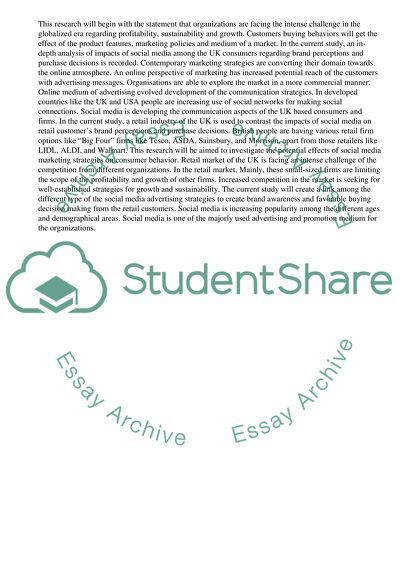Cite this document
(“The impacts of Social Media on UK Consumers Brand Perceptions and Essay”, n.d.)
The impacts of Social Media on UK Consumers Brand Perceptions and Essay. Retrieved from https://studentshare.org/business/1683972-the-impacts-of-social-media-on-uk-consumers-brand-perceptions-and-purchase-decisions-03096
The impacts of Social Media on UK Consumers Brand Perceptions and Essay. Retrieved from https://studentshare.org/business/1683972-the-impacts-of-social-media-on-uk-consumers-brand-perceptions-and-purchase-decisions-03096
(The Impacts of Social Media on UK Consumers Brand Perceptions and Essay)
The Impacts of Social Media on UK Consumers Brand Perceptions and Essay. https://studentshare.org/business/1683972-the-impacts-of-social-media-on-uk-consumers-brand-perceptions-and-purchase-decisions-03096.
The Impacts of Social Media on UK Consumers Brand Perceptions and Essay. https://studentshare.org/business/1683972-the-impacts-of-social-media-on-uk-consumers-brand-perceptions-and-purchase-decisions-03096.
“The Impacts of Social Media on UK Consumers Brand Perceptions and Essay”, n.d. https://studentshare.org/business/1683972-the-impacts-of-social-media-on-uk-consumers-brand-perceptions-and-purchase-decisions-03096.


